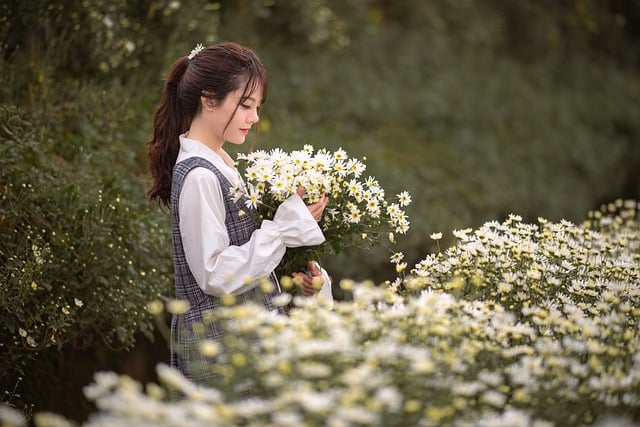Karachi, Pakistan's bustling metropolis, can become a vibrant ecosystem for pollinators like bees and butterflies through strategic urban greening initiatives. Native flowering plants, parks, and rooftop gardens support these species, enhancing biodiversity and natural pollination critical for agriculture. Engaging local governments and residents to create interconnected green corridors and promote sustainable practices ensures Karachi's urban landscape thrives while benefiting its inhabitants.
Karachi, as a bustling metropolis, presents unique challenges and opportunities for natural pollination. This article explores how city spaces can either hinder or enhance ecological balance through their impact on local pollinator populations. We delve into Karachi’s urban landscape, examining its potential as a haven for these vital species. By understanding the role of natural pollination and adopting best practices, we can initiate a metamorphosis, transforming Karachi into a symphony of green, where flora thrives alongside fauna.
- Understanding Natural Pollination: The Role of City Spaces
- Karachi's Urban Landscape: A Haven for Pollinators?
- Common Pollinator Species in Urban Settings
- Challenges and Opportunities for Promoting Natural Pollination in Cities
- Initiatives and Best Practices for a Greener Karachi
Understanding Natural Pollination: The Role of City Spaces
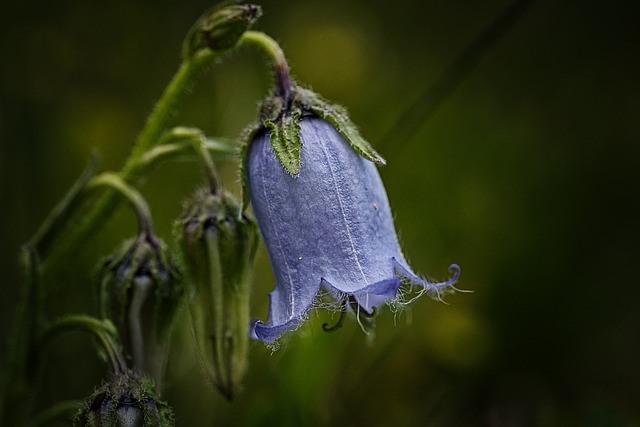
In urban areas like Karachi, understanding natural pollination trends is essential for sustainable city development. City spaces play a pivotal role in supporting biodiversity and facilitating ecological balance. Green areas, parks, and even rooftop gardens act as vital habitats for pollinators, including bees and butterflies. These urban oases provide much-needed food sources, nesting sites, and shelter from the concrete jungle.
The presence of diverse plant species within city spaces is key to attracting and supporting natural pollinators. Local governments and residents in Karachi can contribute by encouraging urban greening initiatives, planting native flowering plants, and creating interconnected green corridors. Such efforts not only enhance the aesthetic appeal but also foster a thriving ecosystem, ensuring the continuous availability of natural pollination services crucial for agriculture and biodiversity conservation.
Karachi's Urban Landscape: A Haven for Pollinators?
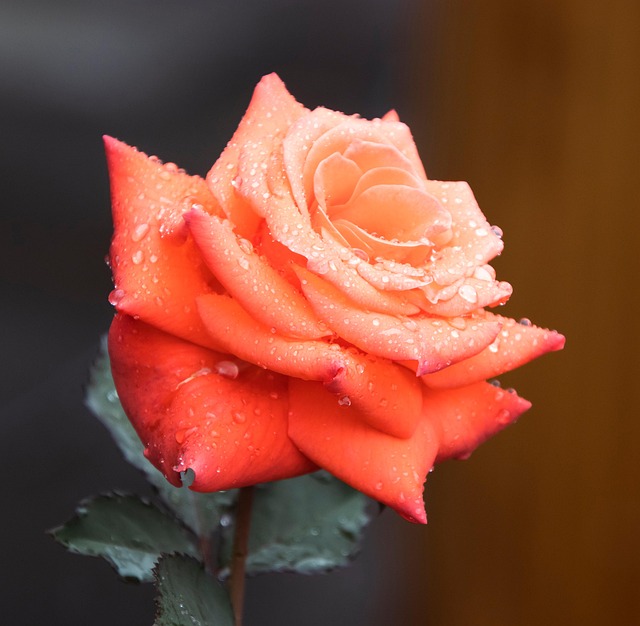
Karachi, Pakistan’s vibrant metropolis, presents an intriguing urban landscape that could be a hidden haven for pollinators amidst the concrete jungle. The city, with its bustling streets and diverse ecosystems, offers a unique environment where natural pollination trends are evolving. Despite the challenges posed by urbanization, Karachi boasts a surprising array of green spaces, parks, and even rooftop gardens that provide habitats for various floral species and their associated pollinators.
The city’s diverse flora includes native plants that have adapted to survive in these conditions, attracting bees, butterflies, and other beneficial insects. These natural areas serve as crucial corridors for pollinator movement, facilitating genetic diversity and enhancing the overall resilience of local ecosystems. Understanding and appreciating Karachi’s urban landscape from a pollination perspective can foster a sense of environmental stewardship among residents, leading to more sustainable practices that support these vital contributors to our food system.
Common Pollinator Species in Urban Settings
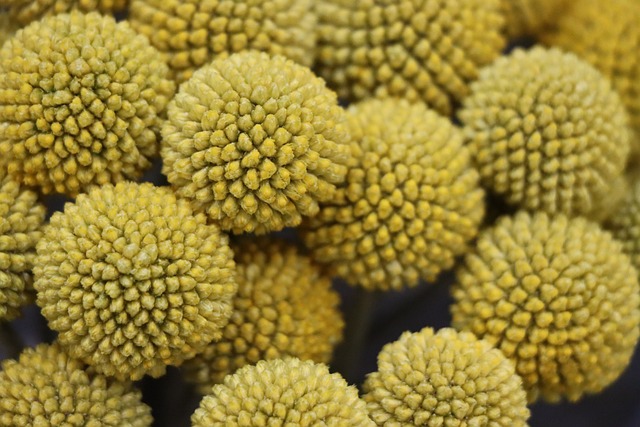
In urban settings like Karachi, a variety of common pollinator species play a vital role in maintaining ecological balance and enhancing biodiversity. These include honeybees, bumblebees, and various species of butterflies and moths. Honeybees, known for their intricate hive structures, are highly efficient pollinators, transferring pollen grains between flowers as they forage for nectar. Bumblebees, with their robust bodies and energetic flight patterns, are equally important, particularly in pollinating wildflowers and certain crop varieties.
Karachi’s urban landscape, despite concrete jungles and bustling streets, offers pockets of opportunity for these pollinators. Parks, gardens, and even rooftop green spaces provide habitats where flowers bloom, attracting and supporting these species. The city’s unique mix of native and invasive plant life creates a diverse food source, ensuring a year-round presence of pollinators. Understanding and appreciating these common pollinator species is crucial for fostering sustainable urban ecosystems in Karachi.
Challenges and Opportunities for Promoting Natural Pollination in Cities
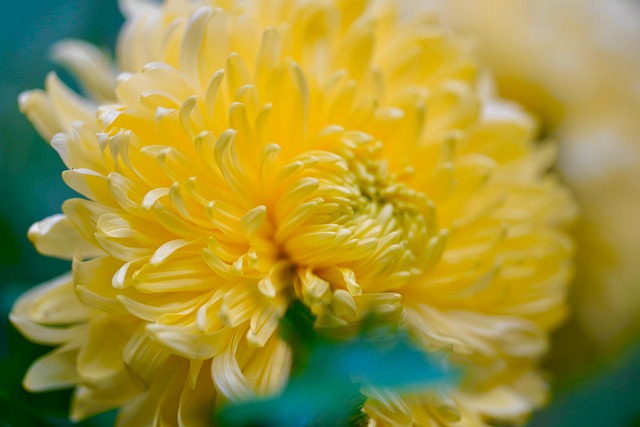
Karachi, like many urban centres, faces unique challenges when it comes to promoting natural pollination amidst concrete jungles and limited green spaces. The city’s rapid urbanization has led to a significant loss of natural habitats crucial for bees, butterflies, and other pollinators. This, in turn, poses risks to food security as these creatures play a vital role in ensuring the fertility of crops. However, there is an opportunity here for Karachi to embrace eco-friendly initiatives that can restore balance.
The city has the potential to become a haven for natural pollination by incorporating green infrastructure into urban planning. This includes creating urban beehives, planting native flora along roadsides and in parks, and designing environmentally conscious public spaces that attract pollinators. Moreover, community involvement is key; raising awareness about the importance of natural pollination and encouraging citizens to adopt friendly practices like using less pesticides can contribute significantly. Karachi’s diverse climate and geographical features also offer scope for exploring innovative solutions tailored to its unique needs.
Initiatives and Best Practices for a Greener Karachi
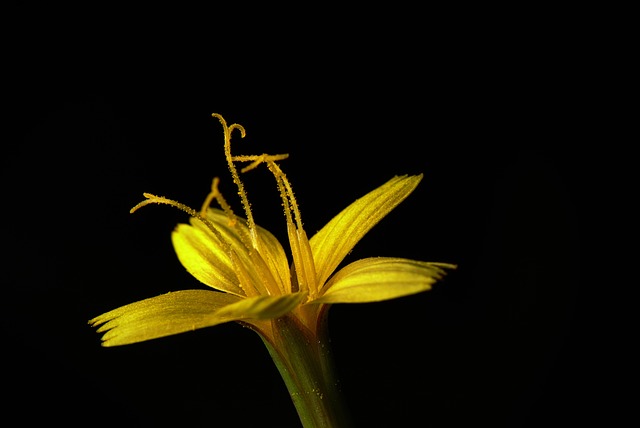
Karachi, as one of Pakistan’s largest urban centers, faces unique challenges when it comes to natural pollination and environmental sustainability. However, several initiatives and best practices can help transform the city into a greener, more eco-friendly metropolis. Local authorities and community efforts are crucial in promoting biodiversity and creating habitats that support pollinators.
One such practice is the strategic planting of native flora species throughout the city. Karachi’s urban landscape can be enhanced with indigenous plants that attract bees, butterflies, and other pollinators. This approach not only improves pollination rates but also contributes to a more aesthetically pleasing and sustainable urban environment. Additionally, creating green spaces and community gardens provides habitats for diverse wildlife, fostering a healthier ecosystem within the city limits.
Karachi, as a bustling metropolis, presents both challenges and opportunities for natural pollination. By understanding the role of city spaces in supporting pollinators and implementing best practices, such as promoting green infrastructure and fostering biodiversity, Karachi can become a more vibrant and sustainable urban center. Initiatives to enhance natural pollination not only benefit local ecosystems but also contribute to a healthier and more resilient city for its folks. These efforts underscore the importance of integrating nature into urban landscapes, creating a symphony of ecological harmony within the concrete jungle of Karachi.
